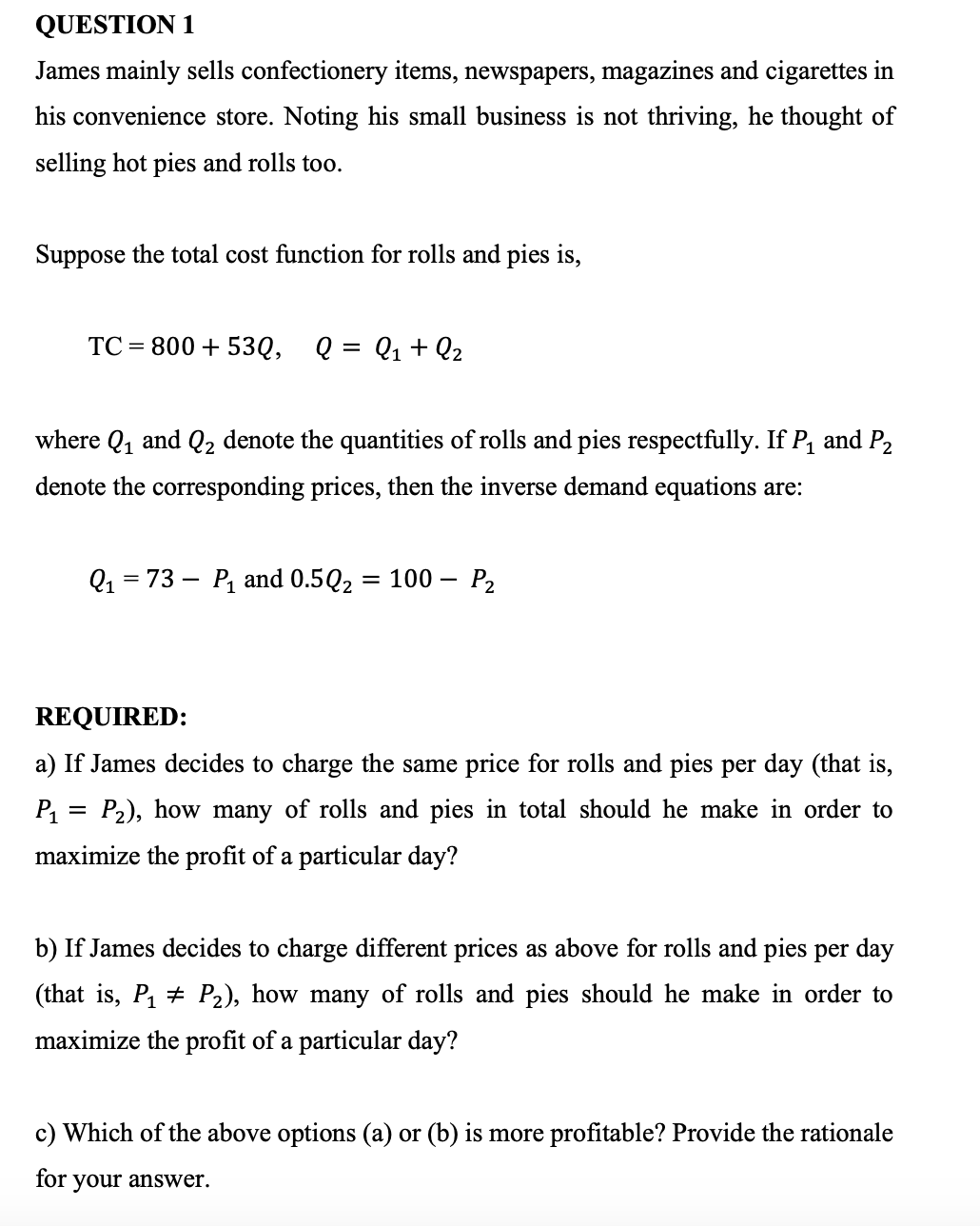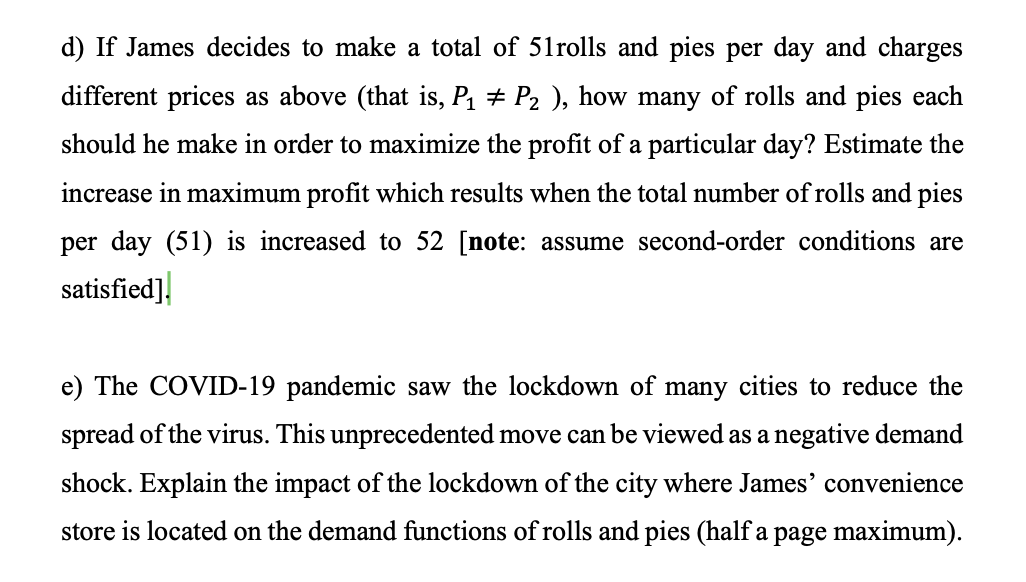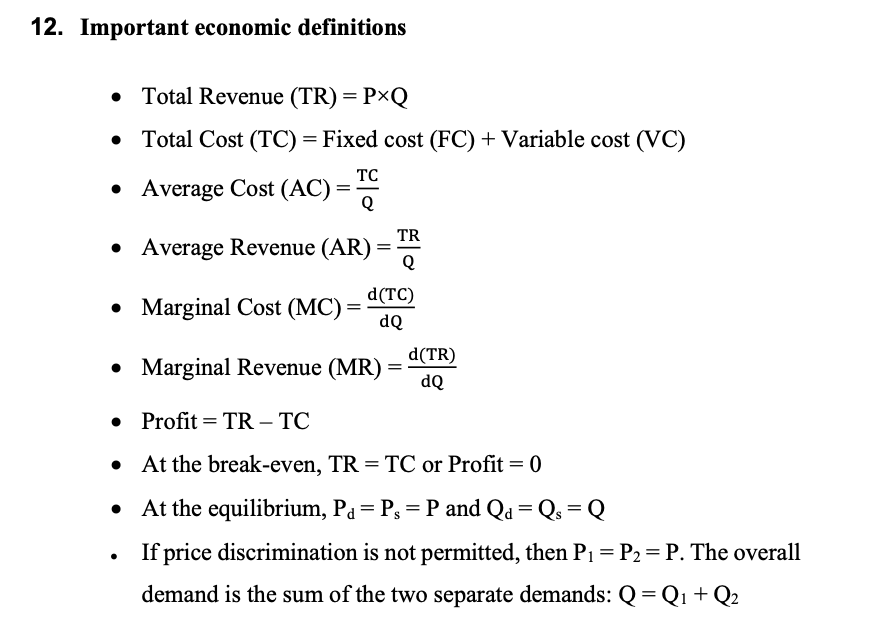Answered step by step
Verified Expert Solution
Question
1 Approved Answer
It is welcome to answer all the questions, if you cannot then please just ansewer the part (d) and part (e), thanks so much! The
It is welcome to answer all the questions, if you cannot then please just ansewer the part (d) and part (e), thanks so much! The formular sheet was provided as well, whcih might get help.



Step by Step Solution
There are 3 Steps involved in it
Step: 1

Get Instant Access to Expert-Tailored Solutions
See step-by-step solutions with expert insights and AI powered tools for academic success
Step: 2

Step: 3

Ace Your Homework with AI
Get the answers you need in no time with our AI-driven, step-by-step assistance
Get Started


